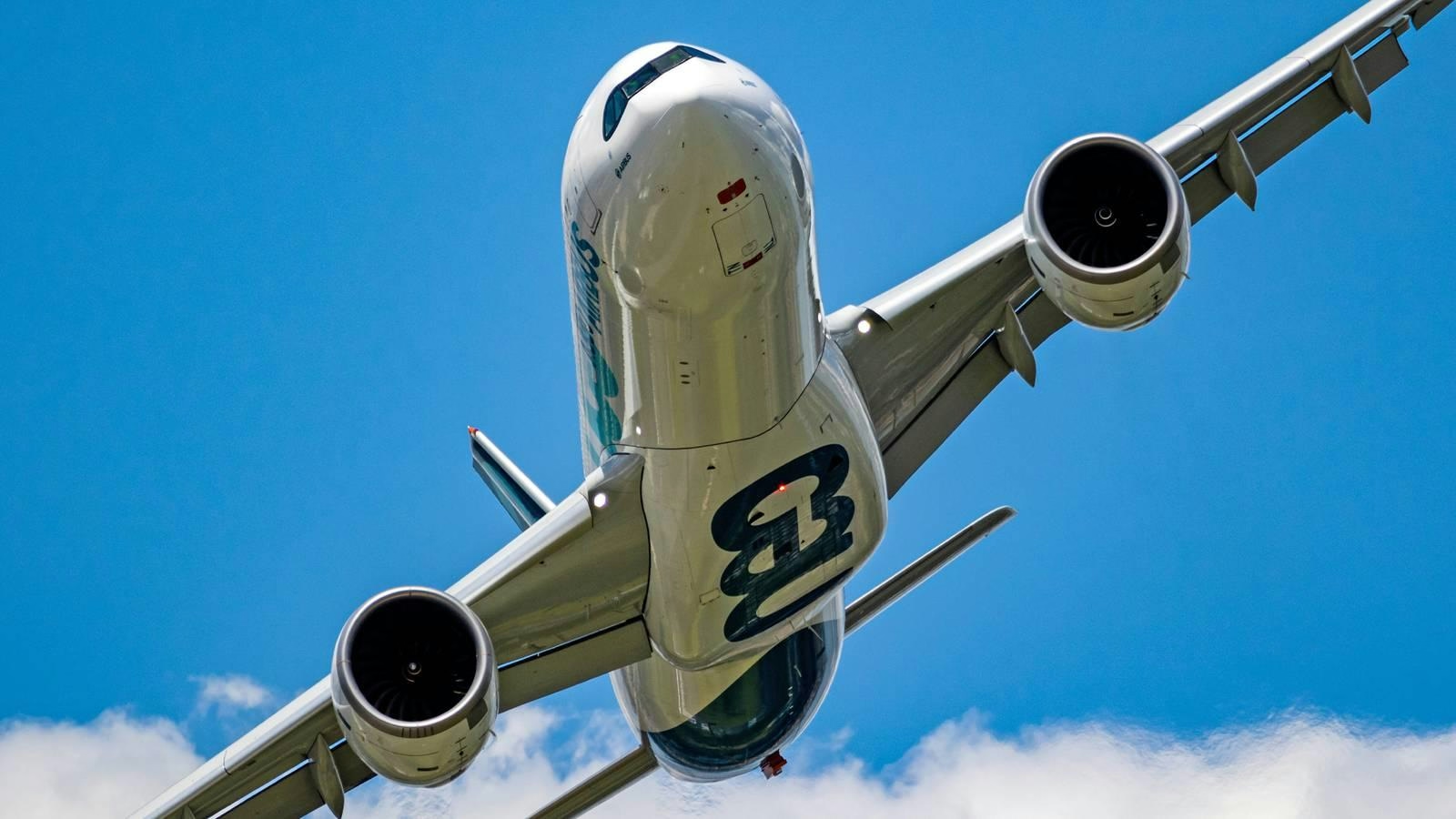
AeroGenie — Votre copilote intelligent.
Tendances
Categories
Beechcraft Duke: The Pressurized Twin That Flew Too High
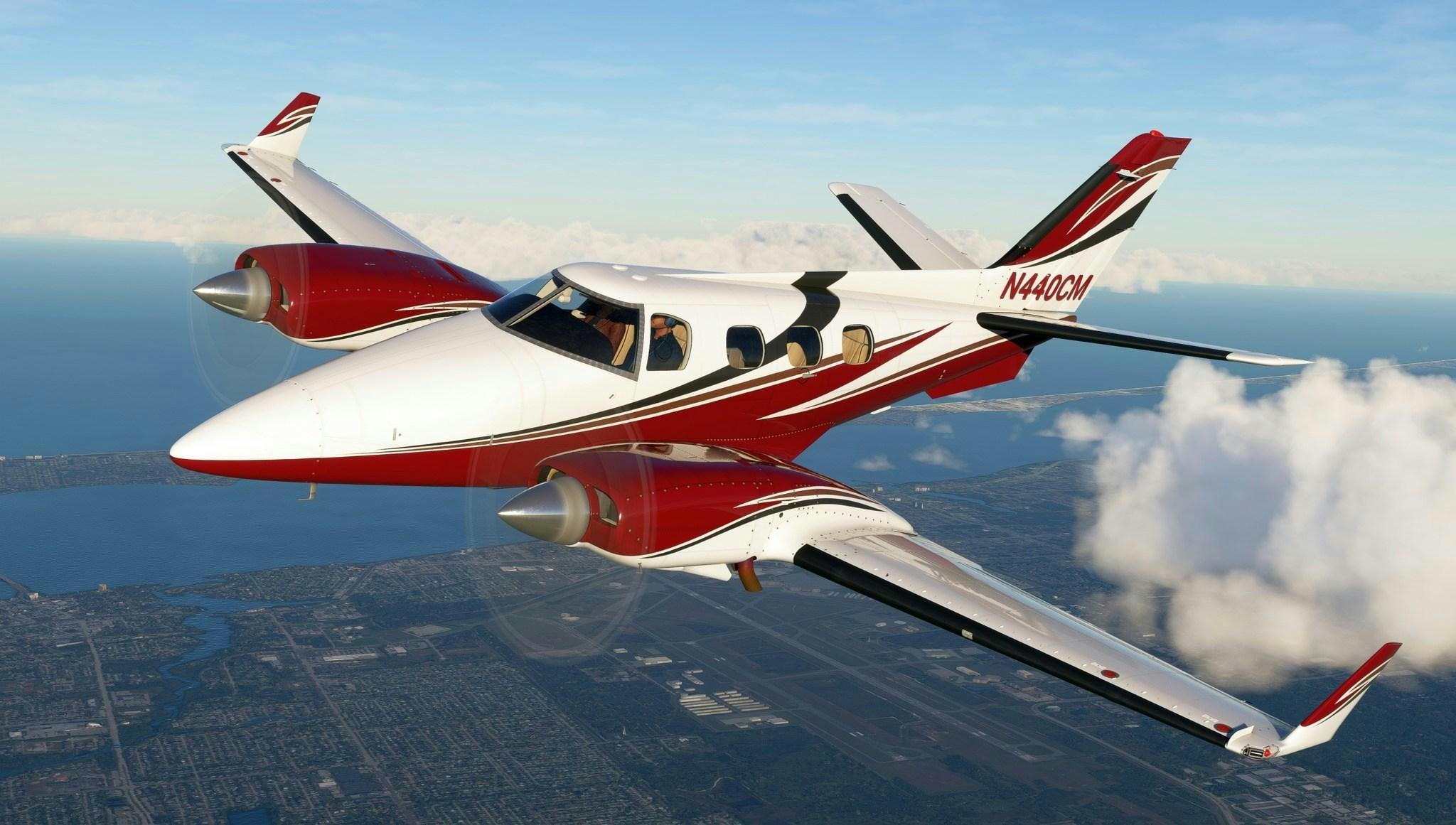
Beechcraft Duke: The Pressurized Twin That Flew Too High
Lost Wings is FLYING’s ongoing retrospective series examining aircraft that once captivated pilots but gradually disappeared from the skies. These airplanes—ranging from daring innovations to reliable workhorses—embody the spirit of innovation and craftsmanship that defined general aviation’s evolution. This installment revisits the Beechcraft Model 60 Duke, a design that aspired to combine performance and comfort but ultimately struggled to maintain its place in aviation history.
Ambition and Design
Introduced in 1968, the Beechcraft Duke was conceived to fill the gap between the popular Baron piston twin and the entry-level turboprop King Air. It was a piston-powered twin with styling that echoed the jet age, featuring a pressurized cabin and a level of complexity that challenged even experienced pilots. The Duke was powered by two turbocharged Lycoming TIO-541 engines, each delivering 380 horsepower. Its pressurization system provided a 4.7-psi differential, allowing the cabin to maintain an altitude of approximately 10,000 feet while cruising near 24,000 feet—a remarkable capability for piston twins of that period.
The aircraft’s exterior design was distinctive and muscular, characterized by a long, pointed nose, a tall vertical fin, and sculpted engine nacelles that suggested jet-like performance. Inside, the six-seat pressurized cabin was finished with luxury touches aimed at business owners seeking an upgrade from unpressurized models such as the Baron or Cessna 310. However, beneath this polished appearance lay a demanding aircraft. The turbocharged engines required careful management during climbs and descents, and the early pressurization systems introduced additional maintenance challenges. While advanced for its time, these systems quickly proved costly to maintain.
Performance and Operational Realities
In skilled hands, the Duke offered impressive performance. It could reach altitudes up to 30,000 feet, allowing pilots to fly above most weather systems, and had a range of roughly 1,000 nautical miles. Its climb rate, approximately 1,600 feet per minute when lightly loaded, was exceptional for a piston twin. Nevertheless, these capabilities came with significant operational costs. The Duke consumed between 40 and 45 gallons of fuel per hour and demanded meticulous engine cooling management. Neglecting these requirements could lead to costly repairs. As fuel prices rose during the 1970s and 1980s, many owners found themselves burdened with operating expenses comparable to those of jets, but without the reliability and ease of turbine engines.
Market Challenges and Competition
The Duke’s high production costs and limited market appeal further hindered its success. Although pilots and buyers valued the pressurized cabin and strong performance, the aircraft’s price and ongoing maintenance expenses deterred many potential customers. Competitors such as Cessna and Piper aggressively targeted the same business aviation segment, offering more affordable alternatives with effective marketing strategies. Consequently, the Duke struggled to establish a broad customer base and remained a niche product.
Variants and Production
Beechcraft produced three primary versions of the Duke. The original Model 60 was manufactured from 1968 to 1969, followed by the A60 variant from 1970 to 1973, which incorporated system refinements. The final iteration, the B60, was produced from 1974 to 1982 and featured improved engine cooling along with incremental upgrades. In total, approximately 596 units were built before production ceased in 1982.
Enduring Legacy
The Beechcraft Duke never matched the commercial success of its stablemates, the Baron and King Air. Its specialized niche and operational complexity limited its appeal to most owners. Nonetheless, among aviation enthusiasts, the Duke remains emblematic of a period when Beechcraft prioritized impressive performance and sophistication over economy. As noted by The Aviation Consumer, owners must be prepared for substantial maintenance costs, underscoring both the aircraft’s advanced design and its demanding upkeep. Official production of the Duke concluded in 1983, marking the end of an ambitious chapter in piston twin development.
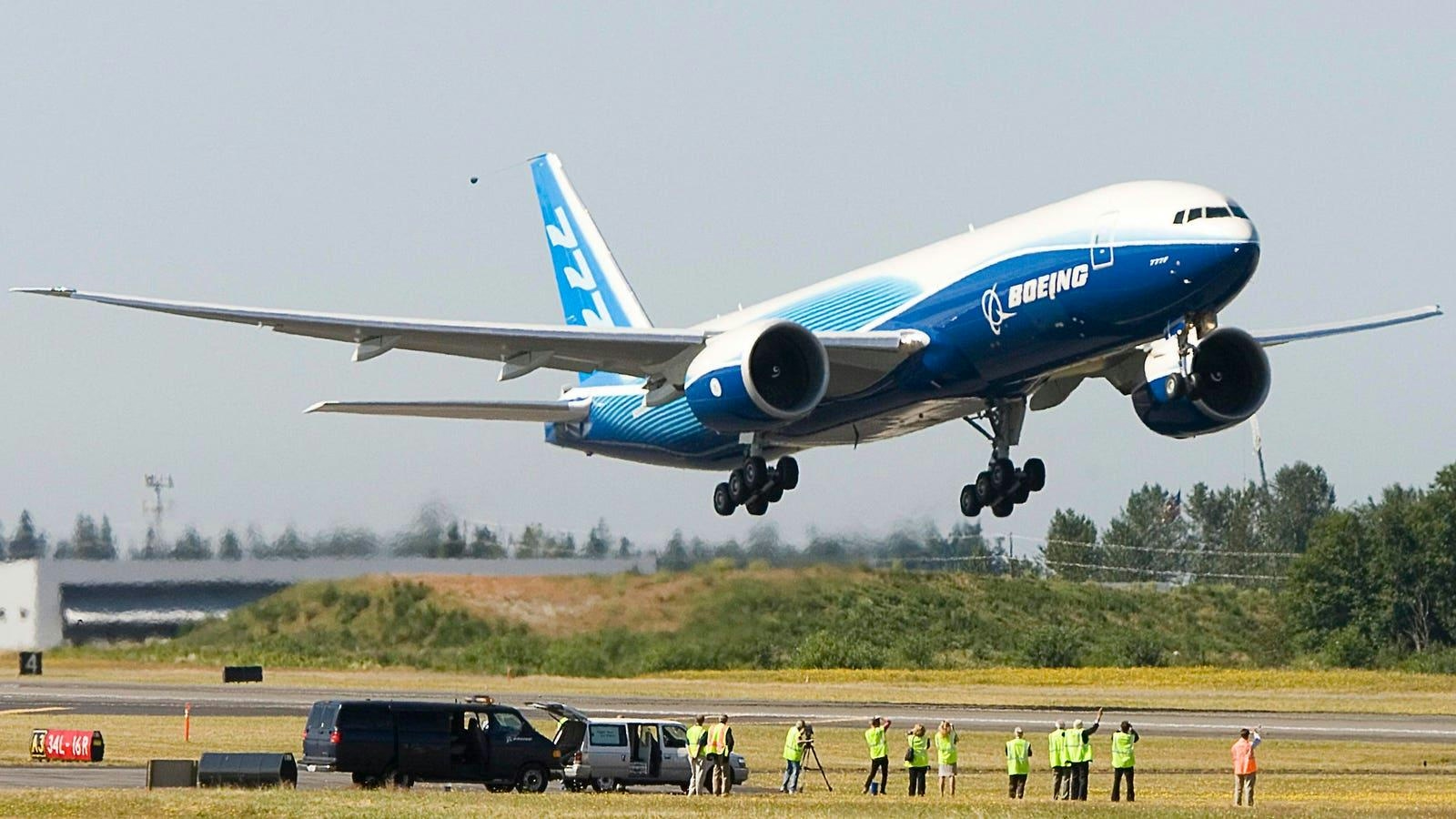
New Aircraft to Succeed the Boeing 777-200LR
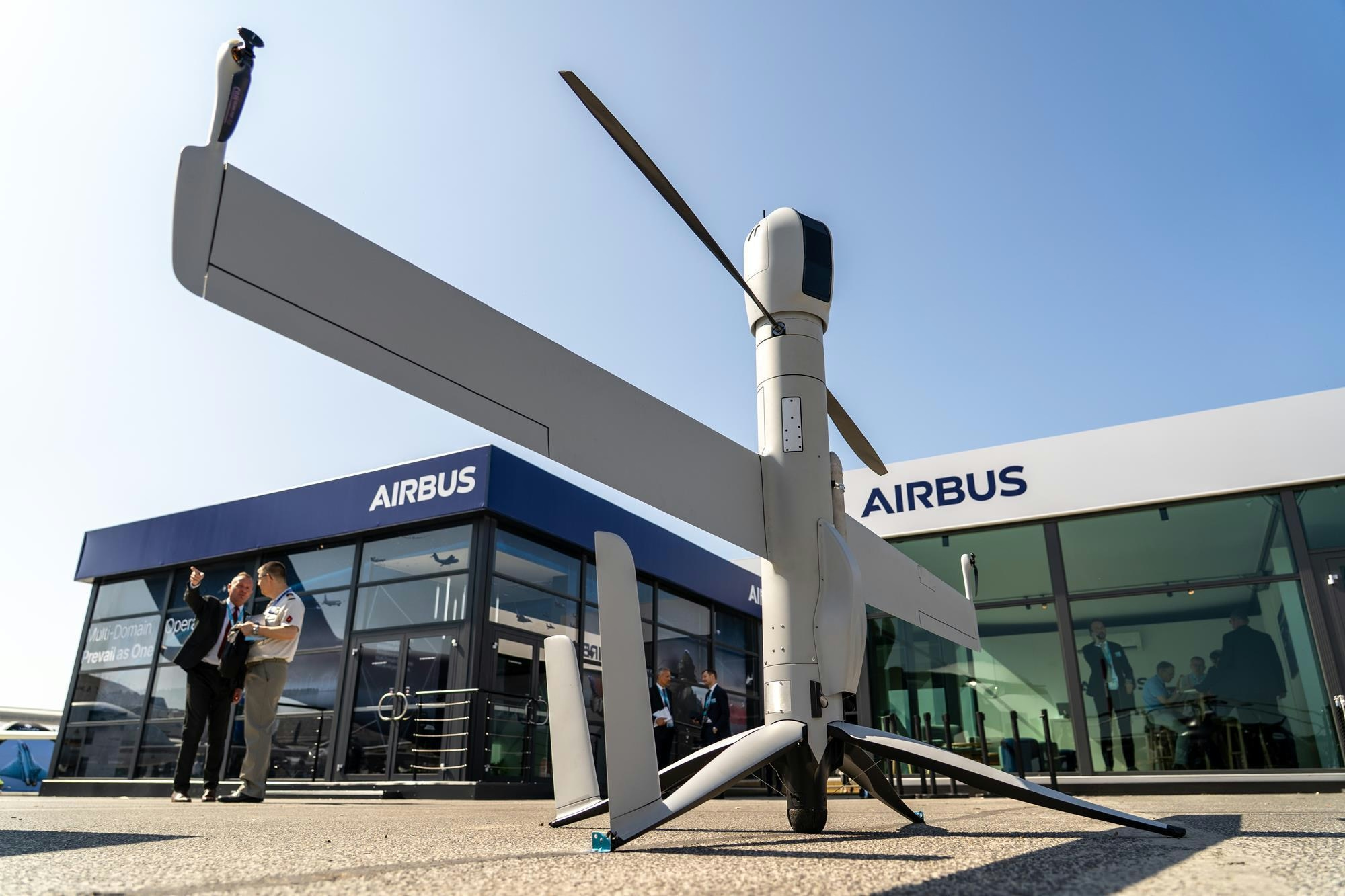
Uzbekistan Becomes First in Central Asia to Order Airbus Flexrotor Drones
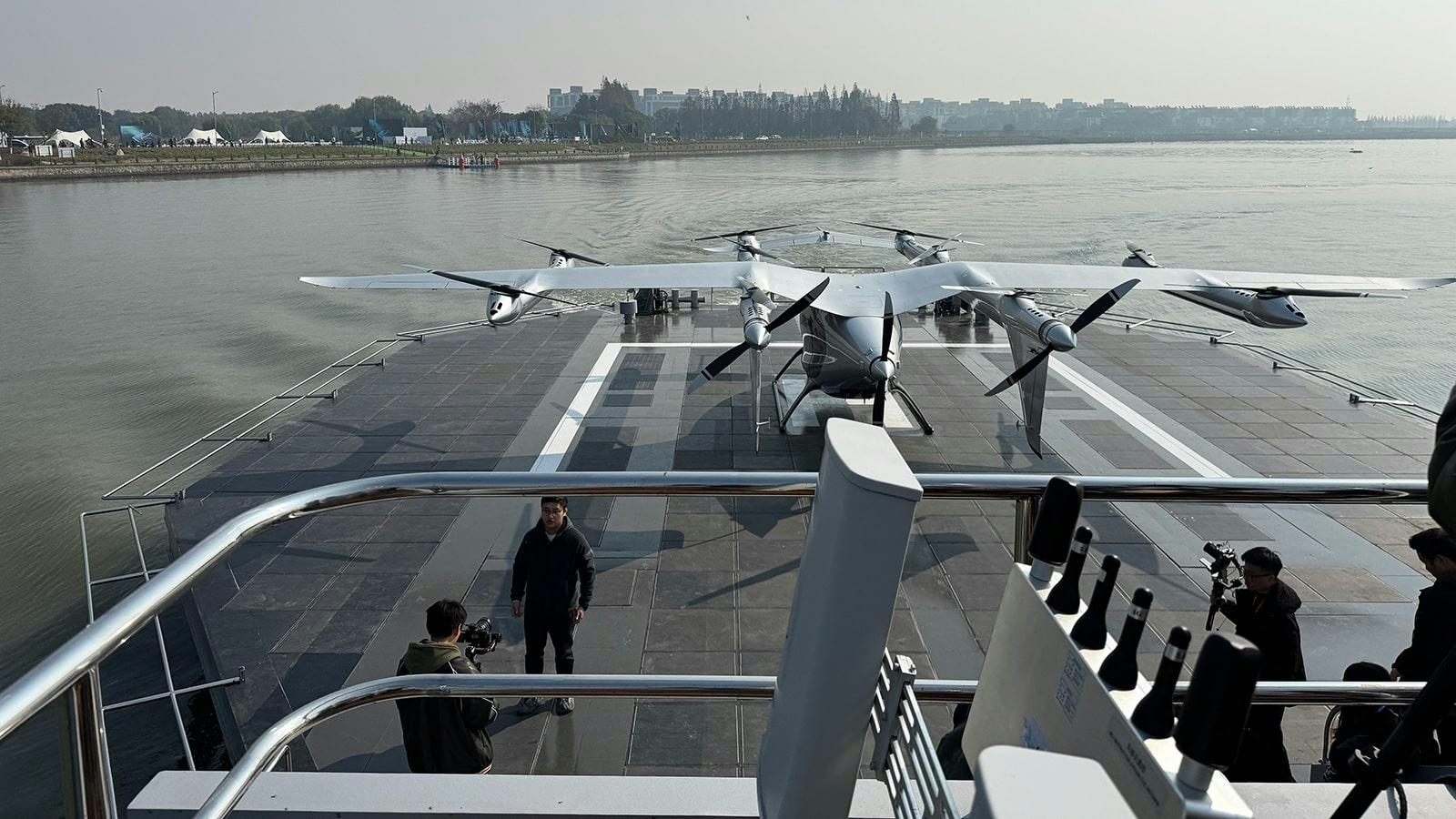
AutoFlight Unveils Zero-Carbon eVTOL Water Vertiport

SmallRig Partners with Photographer Chen Cheng to Advance Aerial Imaging

Aviation Lease Rates Hit Record High
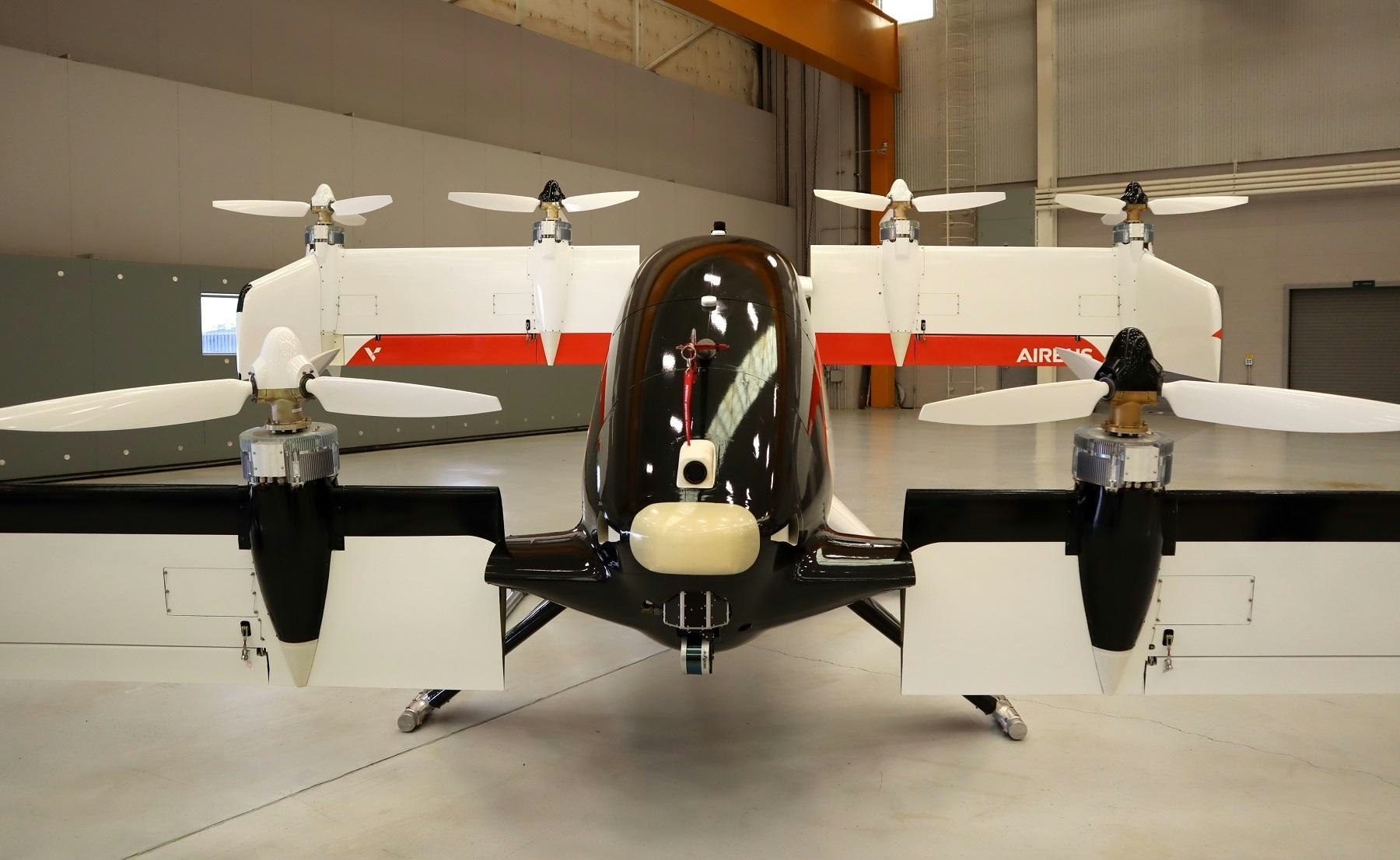
Inside a Four-Seater Flying Taxi Designed for Future Pilotless Flights
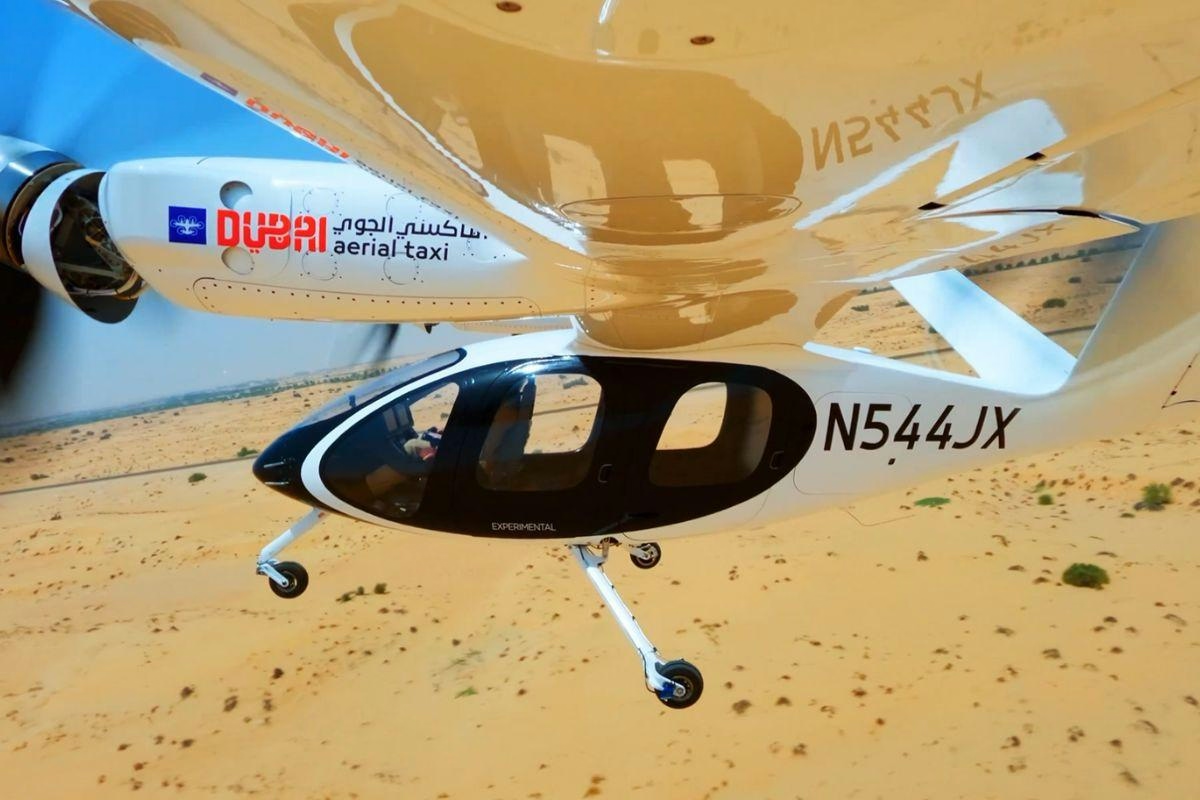
Dubai Prioritizes Public Safety Ahead of 2026 Air Taxi Launch
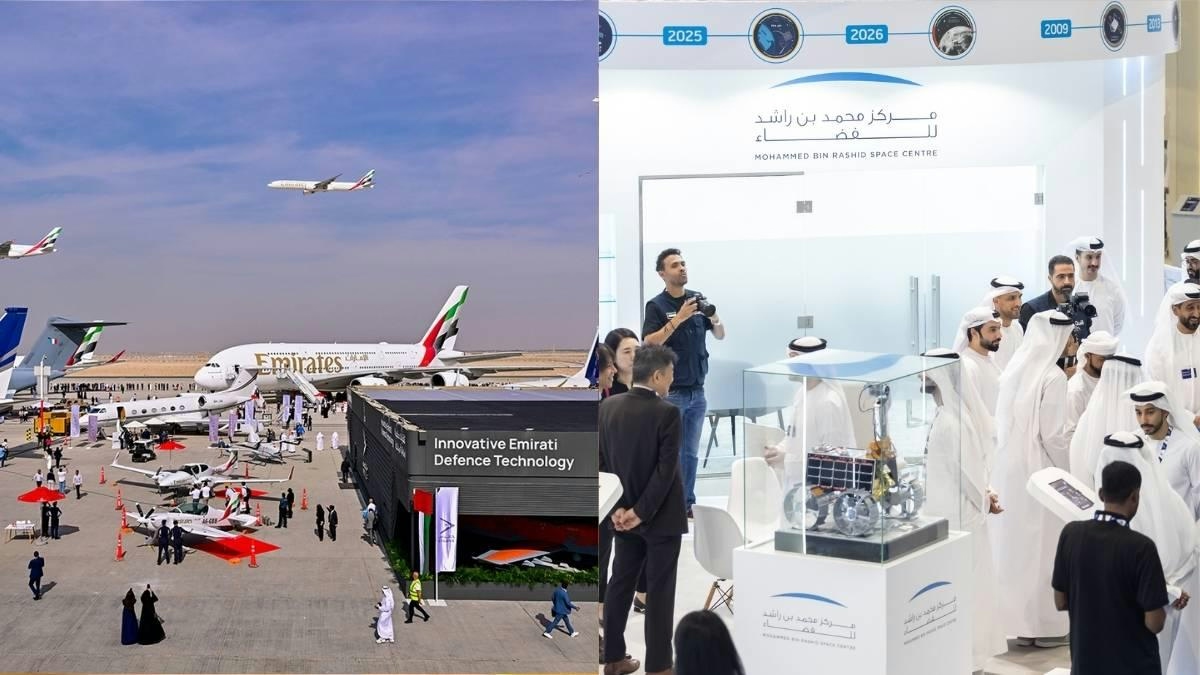
Emirates Airlines Unveils Major Initiatives at Dubai Airshow
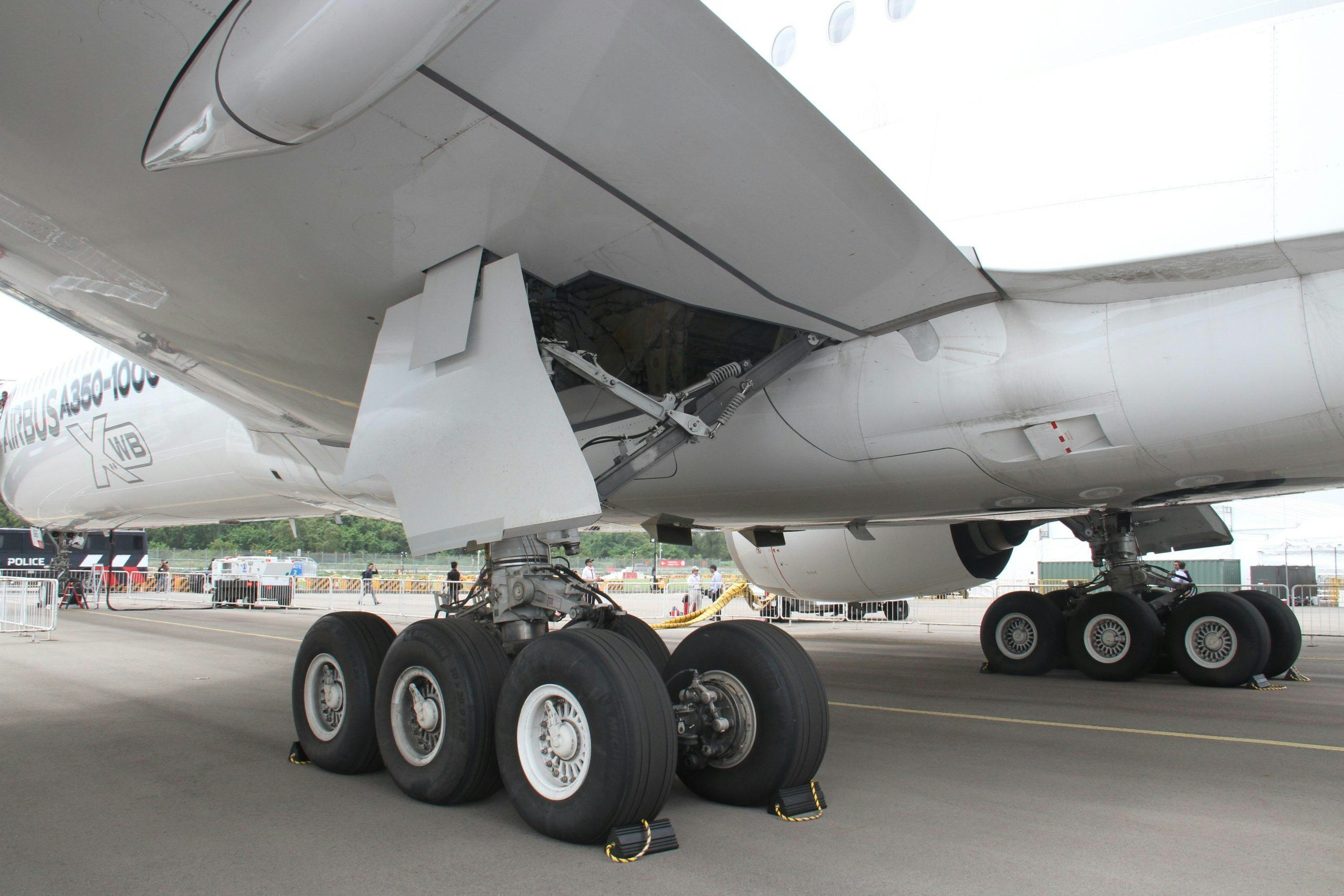
Why Airbus Markets the A350 as a Long-Range Leader
